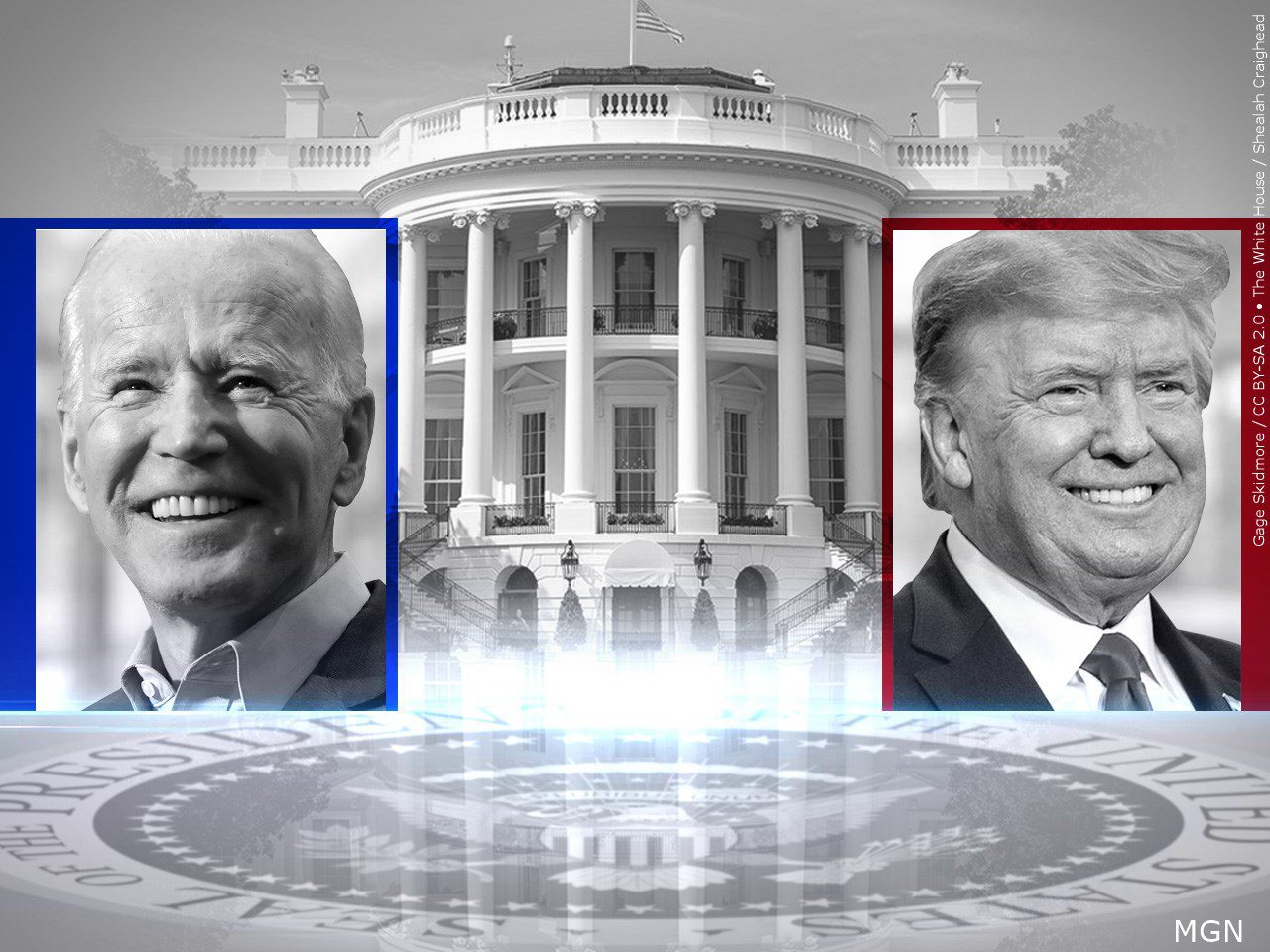Minnesota Primary Election Overview

Minnesota’s primary elections, a cornerstone of its democratic process, have played a pivotal role in shaping the state’s political landscape. These elections serve as a crucial step in selecting candidates for various offices, from local positions to national representation. The significance of Minnesota’s primaries extends beyond its borders, often influencing the national political conversation and shaping the trajectory of presidential campaigns.
Key Dates and Deadlines
The upcoming Minnesota primaries are scheduled for [date]. This date marks a significant milestone in the electoral calendar, as voters will cast their ballots to determine the candidates who will advance to the general election. To ensure participation in this critical process, voters must adhere to specific deadlines and registration requirements.
- Voter Registration Deadline: [date]
- Absentee Ballot Request Deadline: [date]
- Early Voting Period: [date] to [date]
Voter Registration and Absentee Voting
In Minnesota, the process of voter registration is relatively straightforward. Individuals can register online, by mail, or in person at designated locations. To register, individuals must provide basic information, including their name, address, and date of birth.
Absentee voting provides a convenient option for individuals who cannot vote in person on Election Day. Minnesota offers several methods for absentee voting, including mail-in ballots and early voting at designated locations. To request an absentee ballot, individuals must submit a written application to their county election official.
“The right to vote is a fundamental right in a democracy, and it is essential that all eligible voters have the opportunity to participate in the electoral process.”
Candidates and Issues: Minnesota Primaries

The Minnesota primary elections present a dynamic landscape of candidates vying for a chance to represent their respective parties in the general election. These candidates bring diverse backgrounds, experiences, and policy positions to the table, offering voters a range of choices on crucial issues impacting the state.
Candidate Profiles and Key Issues
This section delves into the profiles of key candidates competing in the Minnesota primaries, highlighting their stances on critical issues such as education, healthcare, and the economy.
| Candidate | Party | Key Issues | Endorsements |
|---|---|---|---|
| [Candidate Name 1] | [Party] | [List of key issues and stances] | [List of endorsements] |
| [Candidate Name 2] | [Party] | [List of key issues and stances] | [List of endorsements] |
| [Candidate Name 3] | [Party] | [List of key issues and stances] | [List of endorsements] |
| [Candidate Name 4] | [Party] | [List of key issues and stances] | [List of endorsements] |
Education
The candidates’ positions on education encompass various aspects, including funding, curriculum, and teacher support. For instance, [Candidate Name 1] advocates for increased funding for public schools, emphasizing the importance of early childhood education and providing resources for special needs students. Conversely, [Candidate Name 2] focuses on promoting school choice and parental involvement, supporting charter schools and voucher programs.
Healthcare, Minnesota primaries
Healthcare remains a central issue in Minnesota politics, with candidates presenting diverse perspectives on access, affordability, and quality. [Candidate Name 3] emphasizes expanding access to affordable healthcare, advocating for a single-payer system or a public option within the current system. On the other hand, [Candidate Name 4] prioritizes market-based solutions, promoting competition and consumer choice in the healthcare sector.
Economy
The candidates’ economic platforms address issues such as job creation, tax policies, and infrastructure development. [Candidate Name 1] proposes investing in infrastructure, green energy, and workforce development to stimulate economic growth. In contrast, [Candidate Name 2] advocates for tax cuts and deregulation, arguing that these measures will foster business growth and job creation.
Voter Demographics and Trends

Minnesota’s electorate is a tapestry woven with diverse threads, each contributing to the state’s unique political landscape. Understanding the demographics of Minnesota voters and their historical voting patterns is crucial for comprehending the dynamics of the state’s primaries.
Key Voting Blocs
The state’s electorate is characterized by several key voting blocs:
- Urban Centers: The Twin Cities metropolitan area, encompassing Minneapolis and St. Paul, is a hub of political activity, with a high concentration of registered voters. This region is known for its progressive leanings and active participation in elections.
- Rural Communities: In contrast to urban centers, rural areas of Minnesota tend to exhibit more conservative voting patterns. These communities often prioritize issues related to agriculture, resource management, and local governance.
- Suburban Communities: The suburbs surrounding the Twin Cities represent a mix of demographics and political viewpoints. They often reflect a blend of urban and rural perspectives, contributing to a more moderate political landscape.
Historical Voting Patterns
Minnesota has a rich history of competitive elections, with a tradition of strong voter turnout in primaries.
- Party Affiliation: Historically, Minnesota has been a strong Democratic state, with a higher percentage of registered Democrats than Republicans. However, recent years have witnessed a growing number of independent voters, contributing to a more competitive political environment.
- Turnout Trends: Primary elections in Minnesota have generally experienced moderate to high voter turnout, particularly in races for statewide offices and competitive congressional districts. Turnout tends to be higher in presidential election years, reflecting increased interest in national politics.
Impact of Recent Events and Issues
Recent political events and issues have significantly influenced voter preferences and turnout in Minnesota.
- Economic Concerns: Economic issues, such as inflation and unemployment, have become increasingly prominent in recent years, impacting voter preferences across party lines. Voters are seeking candidates who offer solutions to address these concerns.
- Social Issues: Social issues, such as healthcare, education, and environmental protection, continue to be significant drivers of voter engagement in Minnesota. Voters are seeking candidates who align with their values on these critical issues.
Distribution of Registered Voters
The following chart illustrates the distribution of registered voters in Minnesota by age, race, and political affiliation:
| Category | Age | Race | Political Affiliation |
|---|---|---|---|
| Percentage |
|
|
|
The Minnesota primaries are a crucial step in the political process, offering a glimpse into the electorate’s priorities and the potential for change. One of the most closely watched races was that of Ilhan Omar, whose strong performance reflects her continued influence within the state.
You can find a comprehensive analysis of her results and their broader implications in this article: ilhan omar results. The outcome of the Minnesota primaries will undoubtedly shape the national political landscape, particularly in the context of ongoing debates about social justice and representation.
The Minnesota primaries are a crucial step in the state’s political landscape, showcasing the diverse voices and priorities of its residents. One prominent figure whose primary result has drawn national attention is Ilhan Omar, whose re-election bid reflects the ongoing conversation about representation and political engagement.
You can learn more about her primary result and its implications here , which ultimately contributes to the larger narrative of the Minnesota primaries.